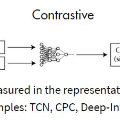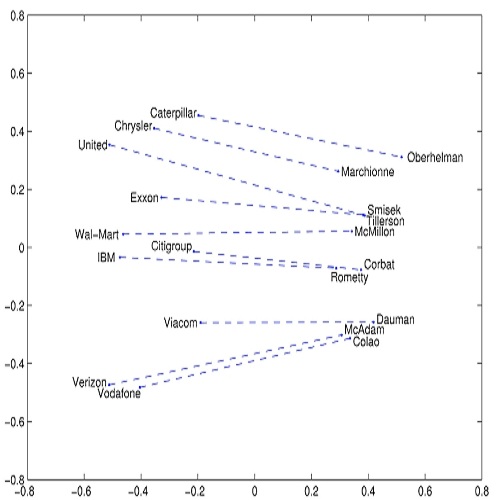Acoustic word embeddings (AWEs) are fixed-dimensional representations of variable-length speech segments. For zero-resource languages where labelled data is not available, one AWE approach is to use unsupervised autoencoder-based recurrent models. Another recent approach is to use multilingual transfer: a supervised AWE model is trained on several well-resourced languages and then applied to an unseen zero-resource language. We consider how a recent contrastive learning loss can be used in both the purely unsupervised and multilingual transfer settings. Firstly, we show that terms from an unsupervised term discovery system can be used for contrastive self-supervision, resulting in improvements over previous unsupervised monolingual AWE models. Secondly, we consider how multilingual AWE models can be adapted to a specific zero-resource language using discovered terms. We find that self-supervised contrastive adaptation outperforms adapted multilingual correspondence autoencoder and Siamese AWE models, giving the best overall results in a word discrimination task on six zero-resource languages.
翻译:声词嵌入器(AWES)是可变长语音段的固定维度表示。对于没有贴标签的数据的零资源语言,一种AWES方法是使用不受监督的自动编码器的复式模型。另一个最近的方法是使用多语种的传输:一个受监督的AWE模式以几种资源丰富的语言接受培训,然后应用到一种看不见的零资源语言。我们考虑如何在完全无人监督的和多语种的传输环境中使用最近的对比性学习损失。首先,我们表明,一个未经监督的术语发现系统中的术语可以用于对比性的自我监督,从而改进了以前未经监督的单语AWE模式。第二,我们考虑如何利用发现的术语将多语种AWE模型改造为特定的零资源语言。我们发现,自我监督的对比性适应超越了经调整的多语种通信自动编码和Siamese AWE模式,在六种零资源语言的字式歧视任务中取得了最佳的总体结果。




